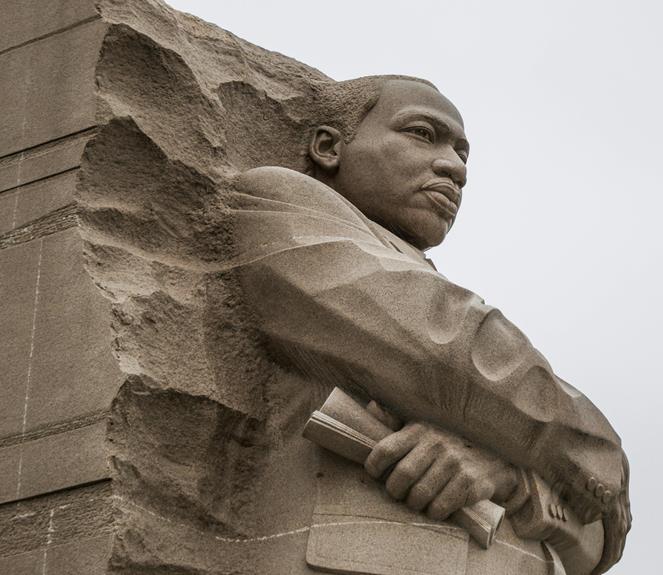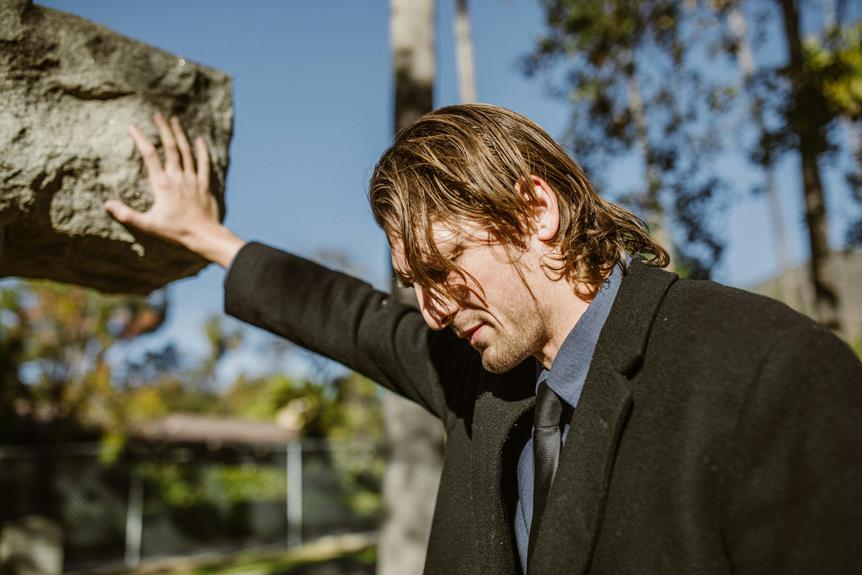The enigmatic Cahokia Mounds, a marvel of Mississippian Culture in the heart of the United States, beckon exploration into an ancient society that rivaled its contemporaries in sophistication and grandeur. From the meticulously planned urban layout to the intricate artifacts unearthed, Cahokia offers a window into a complex civilization that thrived centuries ago. As we peel back the layers of time and unearth the mysteries surrounding the rise and fall of this once-thriving cultural hub, we are left pondering the enigmatic forces that shaped its destiny and continue to intrigue historians and archaeologists alike.
Key Takeaways
- Cahokia Mounds in Illinois, USA, symbolize advanced urban planning of Mississippian Culture.
- Monks Mound, Plaza, and Palisade are key structures showcasing engineering and societal organization.
- Artifacts reflect skilled craftsmanship, social hierarchy, and trade networks of the Mississippian people.
- Religious ceremonies and beliefs were central to Cahokia's culture, with symbolism in material culture.
- Environmental degradation, population decline, and social dynamics contributed to the decline of Cahokia.
Discovery of Cahokia Mounds
The revelation of the Cahokia Mounds, located in Illinois, USA, marked a pivotal moment in archaeological research, exposing a complex and sophisticated ancient civilization. Excavation techniques played an essential role in uncovering the rich history of Cahokia. Archaeologists employed meticulous strategies such as stratigraphic excavation, allowing them to analyze layers of soil to reveal artifacts and structures left behind by the indigenous peoples who inhabited the region.
Through careful excavation techniques, researchers unearthed evidence of a bustling pre-Columbian city that thrived between the 9th and 15th centuries. The remnants of earthen mounds, plazas, and residential areas provided insights into the social, political, and religious practices of the Mississippian culture that once flourished at Cahokia.
The discovery of Cahokia Mounds shed light on the sophisticated urban planning and engineering skills of the indigenous peoples. The layout of the city, characterized by a central plaza surrounded by mounds and residential areas, indicated a well-organized society with a hierarchical structure. These findings challenged previous assumptions about prehistoric North American societies and highlighted the ingenuity and complexity of ancient civilizations in the region.
Layout and Structure of Cahokia
Archaeological investigations at Cahokia have revealed a meticulously planned urban landscape that showcases the strategic positioning of earthen mounds and residential areas. The layout and structure of Cahokia provide valuable insights into the urban planning and architectural prowess of the Mississippian Culture. Here are key elements that characterize the urban design of Cahokia:
- Central Monks Mound: At the heart of Cahokia lies Monks Mound, the largest earthen mound in North America. This immense structure served as the focal point of the city, with various theories suggesting it held religious, political, and ceremonial significance. Its strategic placement at the center of Cahokia highlights the meticulous planning and organization of the urban layout.
- Plaza and Palisade: Surrounding Monks Mound is a large plaza, believed to have hosted important gatherings and events. Adjacent to the plaza was a defensive wooden palisade, indicating a concern for security and protection within the city. The combination of open public spaces and defensive structures reflects the careful consideration given to both communal activities and safety measures in the urban design.
- Residential Precincts: Beyond the ceremonial core, Cahokia was divided into distinct residential precincts. These areas contained clusters of houses, indicating a structured approach to housing distribution. The layout suggests a hierarchical social organization within the city, with different neighborhoods possibly housing individuals of varying status or professions. The deliberate organization of residential spaces underscores the sophisticated urban planning and architectural knowledge of the Mississippian people at Cahokia.
Artifacts and Archaeological Finds
Excavations at Cahokia have unearthed a diverse array of artifacts illuminating the material culture and daily life of its ancient inhabitants. Among the most significant findings are the various pottery techniques employed by the Mississippian people. The pottery unearthed at Cahokia showcases intricate designs and skilled craftsmanship, revealing insights into their artistic abilities and cultural practices.
Additionally, burial practices have been a focal point of archaeological discoveries at Cahokia. The burials within the mounds have provided valuable information about social hierarchy, status differentiation, and mortuary rituals practiced by the ancient Cahokians.
Symbolism played a vital role in the artifacts uncovered at Cahokia. Various objects, such as effigy pipes and figurines, were laden with symbolic meaning, reflecting the spiritual beliefs and cosmological views of the Mississippian culture. These artifacts offer a glimpse into the religious and ceremonial practices of the Cahokian people, shedding light on their complex belief systems.
Moreover, technological advancements can be observed in the archaeological finds at Cahokia. Tools made from various materials, copper ornaments, and the presence of exotic goods indicate long-distance trade networks and the acquisition of specialized knowledge by the Cahokian society. These technological innovations not only enhanced their daily lives but also facilitated cultural exchange and interaction with neighboring regions.
Religious Practices and Beliefs
In exploring the religious practices and beliefs of the ancient Cahokian society, a profound symbiosis between spiritual ideologies and material culture emerges as a key aspect of understanding their worldview. The spiritual ceremonies and cosmological beliefs held by the Cahokians were deeply ingrained in their daily lives and societal structures. Here are three key points that shed light on their religious practices:
- Sacred Ceremonies: The Cahokians engaged in elaborate spiritual ceremonies that were central to their belief system. These ceremonies often involved dances, rituals, and offerings to honor their deities and ancestors. The Great Plaza at Cahokia, with its earthen mounds and central location, is believed to have been a significant site for these sacred ceremonies.
- Cosmological Beliefs: The Cahokians had a complex cosmological belief system that influenced their understanding of the universe and their place within it. They viewed the cosmos as interconnected and saw themselves as integral parts of a larger cosmic order. This worldview shaped their religious practices and societal structures.
- Symbolism in Material Culture: The material culture of the Cahokians, including artifacts found at the site, often contained symbolic representations of their religious beliefs. Iconography such as the birdman motif and the cross-circle symbol are thought to have held spiritual significance, reflecting the interconnectedness of the Cahokians' spiritual and material worlds.
Trade and Interaction at Cahokia
The intricate network of trade routes and the diverse interactions that characterized the ancient Cahokian society played a pivotal role in shaping both their economic structure and cultural exchanges with neighboring regions. Cahokia, as a major cultural and economic hub, engaged in extensive trade networks that facilitated the exchange of goods, ideas, and practices with various indigenous groups across the present-day United States. The city's strategic location near the confluence of the Mississippi, Missouri, and Illinois rivers further enhanced its role as a central trading center.
Cultural exchange at Cahokia was vibrant and multifaceted, with influences flowing in and out of the city. Artifacts found at Cahokian archaeological sites suggest a rich tapestry of cultural interactions, with goods such as marine shells, copper, pottery, and tools being traded over long distances. These exchanges not only influenced the material culture of Cahokia but also impacted social structures and belief systems.
Economic relationships at Cahokia were complex, with the city serving as a hub for the redistribution of goods throughout the region. The surplus agricultural produce generated by Cahokian farmers was likely traded for exotic goods, enhancing the city's status and prosperity. The interactions at Cahokia were instrumental in fostering alliances, shaping political landscapes, and contributing to the overall vibrancy of Mississippian society.
Decline and Abandonment of Cahokia
Following the height of its influence and prosperity, Cahokia faced a gradual decline and eventual abandonment, marking a significant shift in the trajectory of this once-thriving ancient urban center.
Several factors contributed to the downfall of Cahokia, including:
- Environmental Factors: The environmental degradation caused by deforestation, overfarming, and poor land management practices played an important role in Cahokia's decline. The extensive clearing of forests for agriculture led to soil erosion, decreased agricultural productivity, and a loss of biodiversity. These environmental stressors would have put immense pressure on the population and resources of Cahokia.
- Population Decline: Scholars believe that a significant population decline occurred in Cahokia during its later years. Factors such as disease, social unrest, resource depletion, and possibly climate change could have contributed to this decline. The reduced population would have impacted the labor force, agricultural output, and overall societal stability of Cahokia.
- Shift in Political and Social Dynamics: As the population decreased and environmental conditions worsened, the political and social structures of Cahokia likely underwent significant changes. The once-powerful chiefdom may have fragmented, leading to internal conflicts and a loss of centralized authority. Without strong leadership and a sustainable environment, Cahokia could no longer maintain its status as a prominent cultural and economic hub.
Frequently Asked Questions
How Did the Construction of Cahokia Mounds Impact the Surrounding Environment?
The construction of monumental structures like Cahokia Mounds can lead to significant environmental impacts, altering the surrounding ecosystem. Such large-scale construction projects can result in deforestation, soil erosion, disruption of natural drainage patterns, and changes in biodiversity.
These alterations can have lasting effects on the local flora and fauna, potentially leading to ecosystem imbalances and long-term environmental degradation. Understanding and mitigating these impacts are essential for sustainable development and conservation efforts.
What Were the Daily Routines of the Residents Living in Cahokia?
In the daily lives of residents at Cahokia, routine activities revolved around the cycle of agricultural practices, with rituals integrated into each task. The inhabitants' mornings were marked by tending to crops and livestock, followed by communal gatherings for ceremonies or trade.
Evenings were often dedicated to food preparation, tool maintenance, and social interactions within the community. These daily rituals formed the backbone of a structured and interconnected society.
Were There Any Famous Leaders or Rulers Associated With Cahokia?
Famous rulers and Mississippian leaders played pivotal roles in shaping the political and social landscapes of their respective regions. These individuals often wielded significant power and influence, guiding their communities through times of change and expansion.
Their legacies endure through archaeological findings, historical records, and oral traditions, providing valuable insights into the governance structures and leadership dynamics of ancient societies.
Studying these figures offers a window into the complexities of pre-Columbian civilizations and their leadership practices.
How Did the Residents of Cahokia Record Their History and Stories?
Residents of ancient civilizations like Cahokia often preserved their history through oral traditions, passing down stories through generations.
Additionally, they utilized petroglyphs, which are rock carvings or engravings, to visually record important events or symbols.
These dual methods of storytelling and visual representation helped guarantee that the community's history and cultural heritage were transmitted accurately and preserved for future generations.
What Impact Did Climate Change Have on the Decline of Cahokia?
Climate change likely impacted Cahokia's decline through shifts in agricultural techniques and resource management. Communities faced challenges in adapting to new climate patterns, affecting crop yields and food availability.
This led to strains on sustainability and resource allocation. Understanding how ancient societies navigated these challenges illuminates the delicate balance between environmental factors and human activities.
Conclusion
To sum up, the enigmatic legacy of Cahokia Mounds continues to intrigue researchers and historians alike.
The meticulous urban planning, religious practices, and trade networks of the Mississippian Culture offer a glimpse into the complexities of this ancient civilization.
The gradual decline and abandonment of Cahokia raise questions about the factors that led to its downfall, leaving a lasting mystery waiting to be unraveled by further archaeological investigations.


